
Here in turbulent Paris, right around the corner from the riots, beyond charred car skeletons and the reach of police batons, there is a cow. It exists in a groggy memory possibly influenced by hash smoke, and then only for a few seconds, but it exists. It is not at home, but not out of place. The cow, the suffocating threat of police brutality, and the scream of the streets are among the enduring elements of La Haine, the 1995 masterpiece of French cinema from writer-director Mathieu Kassovitz.
The movie follows three young men, one Arab, one Black, one Jewish, falling together through the streets of Paris. They are in constant discord—contemplating retaliation against police who hospitalized a friend during an interrogation, getting kicked out of an art gallery, tussling with plainclothes officers. Its depiction of their pain became a national conversation: France's prime minister in 1995 mandated a screening for his cabinet. Like any story successfully capturing urban life in that period, it is intentional in its use of sportswear. The word for this kind of clothing today is "streetwear," but Kassovitz is adamant about the distinction.
"I'm from an era where streetwear didn't exist," he says. In his acidic tone, he insists that the whole streetwear culture is bullshit.
"I really don't give a shit about a different sole color or insert color or laces length to make this a collectible that you can sell for $700 or $7,000," he adds. "It's bullshit."
Yeezys are bullshit, sagging your pants is bullshit. Accepting a product marketed specifically toward you at face value is decidedly anti-hip-hop and definitely bullshit. He remembers that some of this bullshit had already entered the world by the time he made the movie, but it does not manage to taint the authenticity of its leads' gear.
Vinz, the combative young man played by Vincent Cassel, swerves through his scenes in a half-zipped Nike track top. Hubert, the boxer played by Hubert Koundé, layers Everlast under his thick Carhartt jacket. Saïd, the trio's balancing force, played by Saïd Taghmaoui, hangs a hamsa pendant above his Sergio Tacchini tracksuit. All three wear Reebok sneakers for the duration of the movie.
Reebok is celebrating the 25th anniversary of the film's release this fall with a collection of shoes and apparel inspired by La Haine. It has the footwear of Vinz (the NPC Crest OG), Hubert (a rebuilt retro dubbed the NL Paris), and Saïd (the Classic Leather), each pair updated with details connected to the movie. The La Haine x Reebok collection consists of two drops: one limited-edition charity auction in September and a wider pack coming on Oct. 15 that will be available exclusively at French retailer Courir.
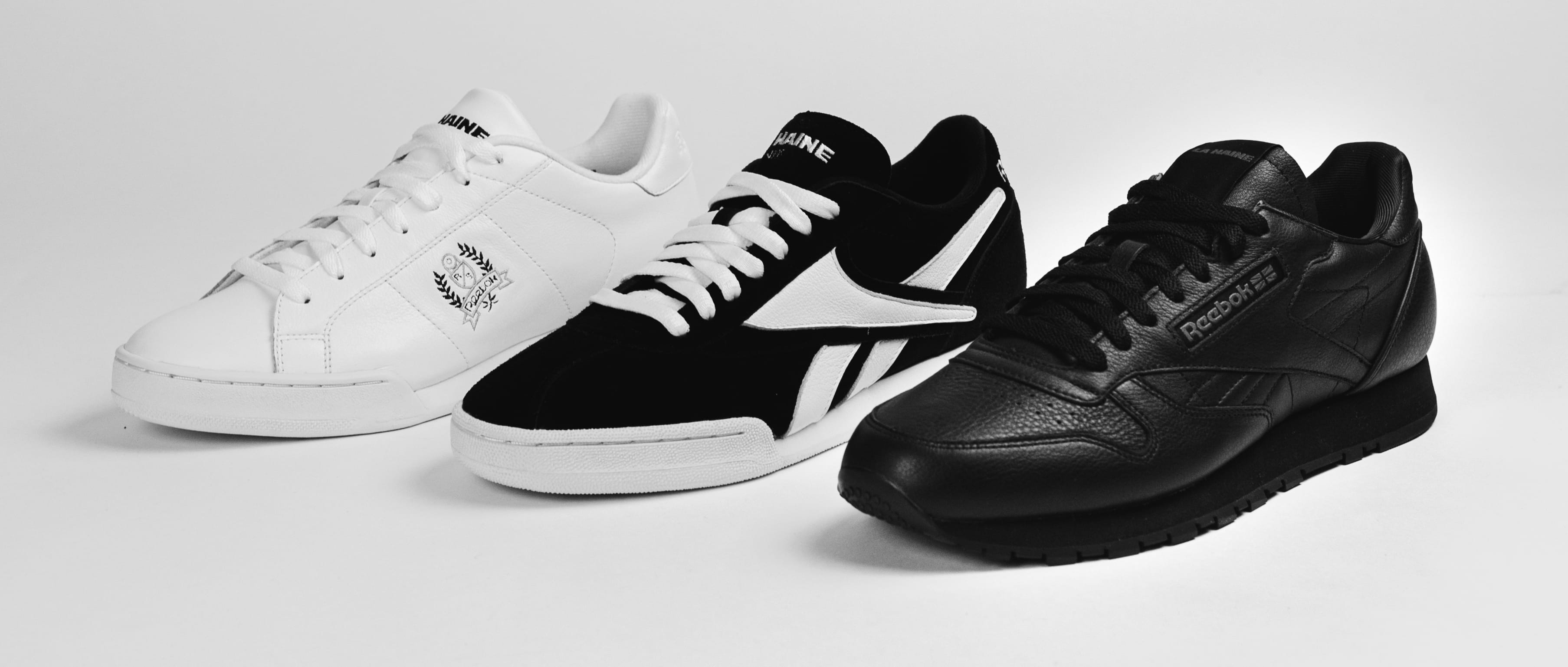
The partnership rekindles the relationship between the movie and the sportswear company, which provided sneakers during the production in 1994. Virginie Montel, the costume designer responsible for the characters' looks, recalls working with Reebok's press office to get the shoes then.
"People were happy to give us some stuff, but small stuff," she says. "Not like, 'You want 100 pair? OK, we will have 100 pair.'"
Montel also got gear from Nike and Lacoste, modifying some pieces to fit the needs of the movie. She planted a custom Swoosh on the back of Vinz's jacket, one that isn't there on the retail version, to include the logo in a subtle way. She also says that while La Haine is black and white, it was shot in color, meaning she had to figure out how certain hues and textures would translate. For example, Saïd's Sergio Tacchini kit wasn't entirely legitimate—they made it just for the movie because a white one was too white and a blue registered too dark. Montel needed something shiny, something that could gleam sans color, so she had to do it herself, rendering the outfit in a beige bordering on gold.
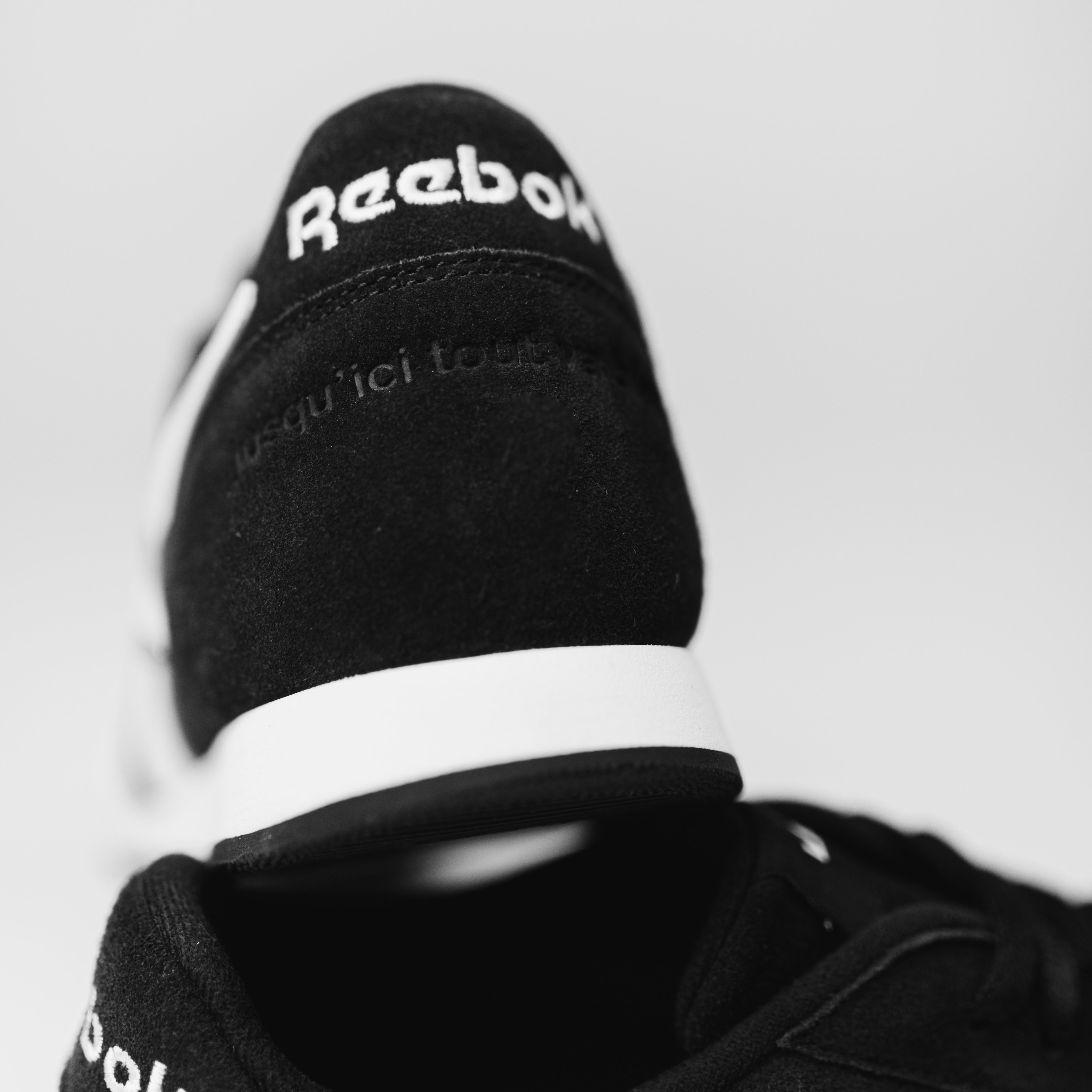
Her approach is reminiscent of the alchemy that American fashion designer Dapper Dan performed at his eponymous boutique in the 1980s. In Harlem, he cut up prints lifted from European fashion houses, clothing Black artists and athletes in his version of Gucci or Louis Vuitton. This type of appropriation, in which a group seizes and recontextualizes a product that wasn't made with its members in mind and gives it new meaning, is the most interesting form of expression through apparel born from hip-hop, in Kassovitz's opinion. The Dapper Dan school of thought informs his views on footwear.
"It was not meant for us, it was not meant for this," the director says of the shoes he and his friends chased during their youth in France. "That's why it was interesting and fun and creative."
They sought pairs that nobody else had and balked at the first ones that crossed the $100 threshold. They selected unique colorways for the sake of being bold and proving their taste. Kassovitz used his shoes to run, to climb, to dance, or to do anything his lifestyle demanded. He didn't use them for their originally intended purposes, and that was the point. It was not a statement to obtain a limited-edition pair designed for collectors—those shoes barely existed then.
"If you had a pair of Jordans and you were bold enough to fuck them up while you were dancing—shit, that's a statement," he says.
He is firm in his belief that sneaker obsession was purer and more provocative before brands realized they could make shoes specifically for young people who wanted to flaunt them. In his view, the handshake between the eager brand and the willing sneakerhead consumer ignores the subversion and adaptation that made wearing certain shoes cool in the first place. It's somewhat surprising, then, that Reebok provided sneakers for La Haine during production.
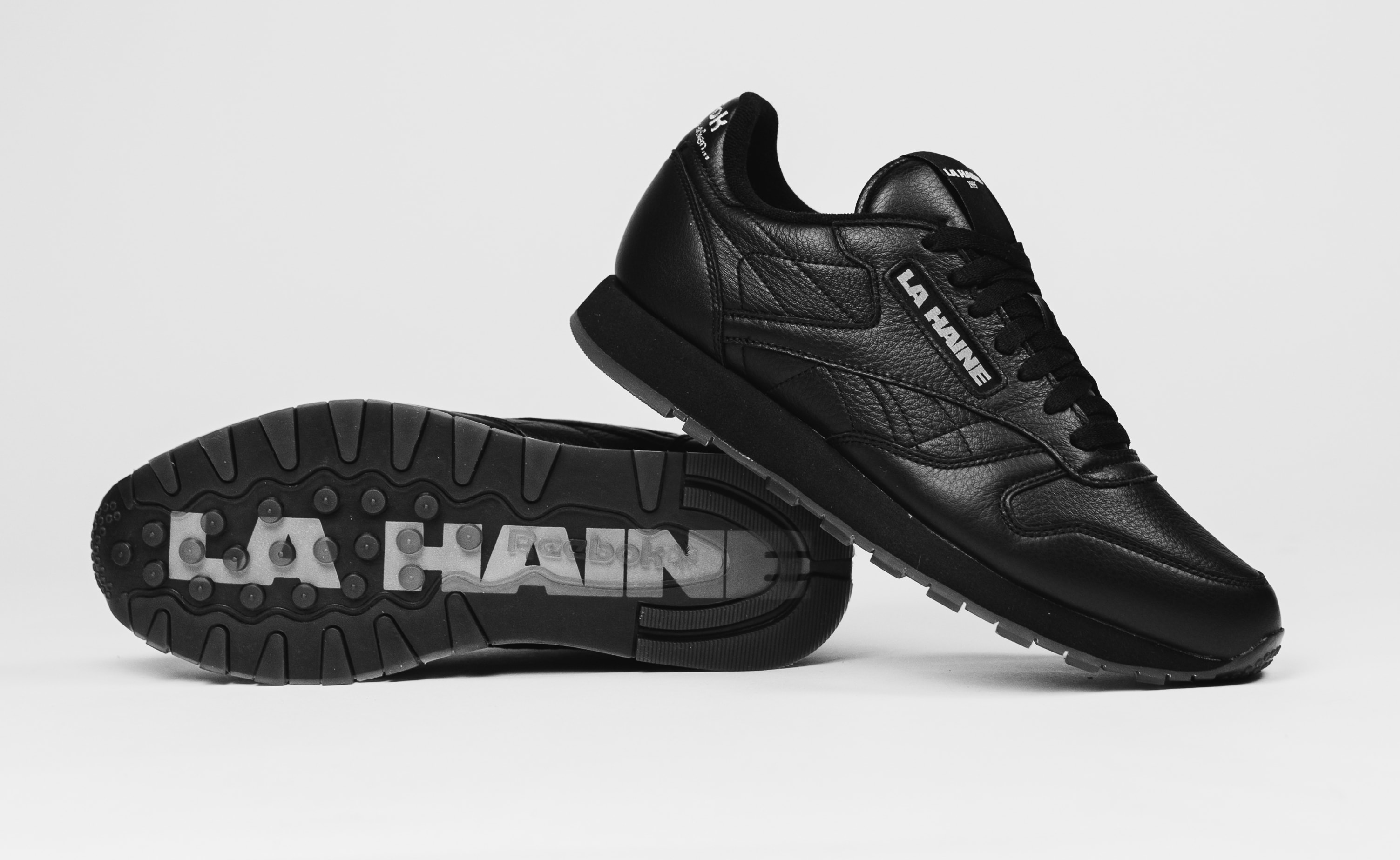
Any possible trepidation didn't stop the product placement, but the movie does not fetishize its sneakers or see them as more than items built for wear. La Haine doesn't veer into the advertorial-adjacent territory of classic movie sneaker scenes like those in
Back to the Future Part II or Do The Right Thing. (Remember that Spike Lee was actually appearing in Nike ads at that time.) It's not totally focused on Reebok, either: Vinz has Vans Sk8-His and Air Jordan 1s, presumably the 1994 retro, stashed in his room.
According to Michael Jovanovic, a product manager Reebok Classics in France who worked on the La Haine retro project, the link between the movie and the brand isn't a particularly well-known one.
"When it comes to our team here," he says, "there are some people that didn't know that the three actors were all wearing Reeboks."
The 2020 reissue of the shoes from the film seeks to assert that history for the first time, but some of the history remains lost. Montel doesn't have the original sneakers used in the movie. In the case of the obscure model Hubert wears, Reebok doesn't even have a proper reference.
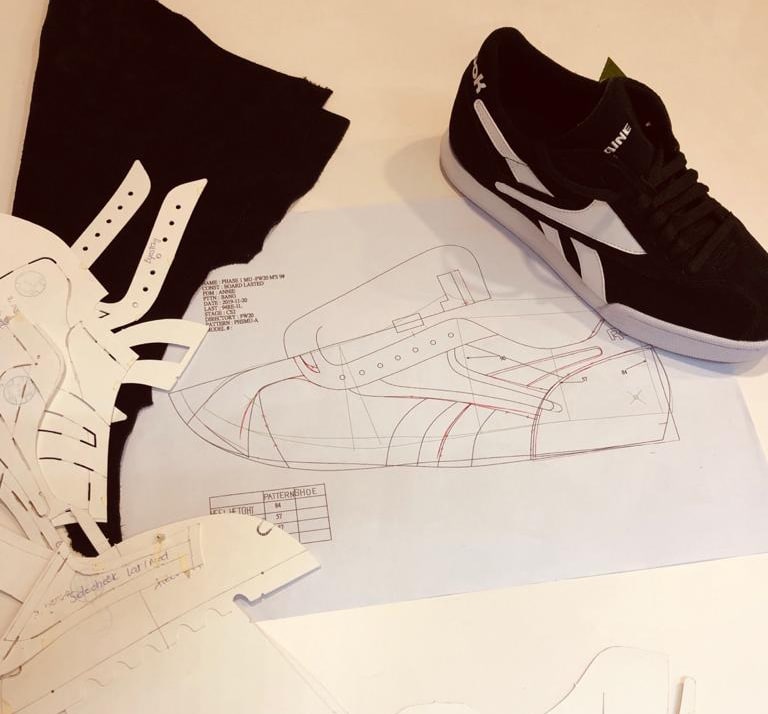
"This shoe doesn't exist," Jovanovic says of the flat-soled trainer that wears a jumbo Vector logo on its upper. "We redesigned it based on screens and on watching the movie again and again. We redesigned it because we didn't find any archive piece."
This came after the team working on the La Haine retros reached out to Reebok's headquarters to see if the archivists there had any concrete information on the mysterious shoe. All they could offer were small pictures in catalogs, which showed enough of the upper but didn't give much clarification on the sole. In recreating the silhouette, the product team decided to use the tooling from the bottom of the Reebok Phase 1, a 1984 design that's enjoyed a long retro life.
Specialized shoes like this, not to mention all the matching apparel included in the La Haine x Reebok collection, feel dangerously close to a violation of Kassovitz's fierce convictions about fashion and the forces of marketing. He reasons that this is not a cash-in moment, though, because the product remains mostly true to what appears in the movie. Before this year's anniversary, he avoided channeling La Haine, and by proxy the real-life chaos it drew from, into items to be sold.
"I didn't want to capitalize on something that's a tragedy," Kassovitz says.
This wariness colors the project. There was a charity aspect to the initial September round of releases that raised money for One Association, which supports youth in Chanteloup-les-Vignes, where the movie was filmed. There's also a sense that these shoes weren't born of the same machinations of banner collaborations in the sneaker world.
"No fashion incubation, no stuff like rarity or things like that," Jovanovic says, were among the guidelines he and Reebok used when working on the collaboration.
They are rare on a certain level in that they are regional exclusives available mostly in France. As in the movie's production, they stem from a team at Reebok France. The group met in Barcelona in April 2019 for meetings with local accounts to discuss special makeups and came up with the idea to pay tribute to the movie then. From there, Reebok traced Kassovitz through production companies, meeting with him in October 2019 and presenting the collection for the first time that December.
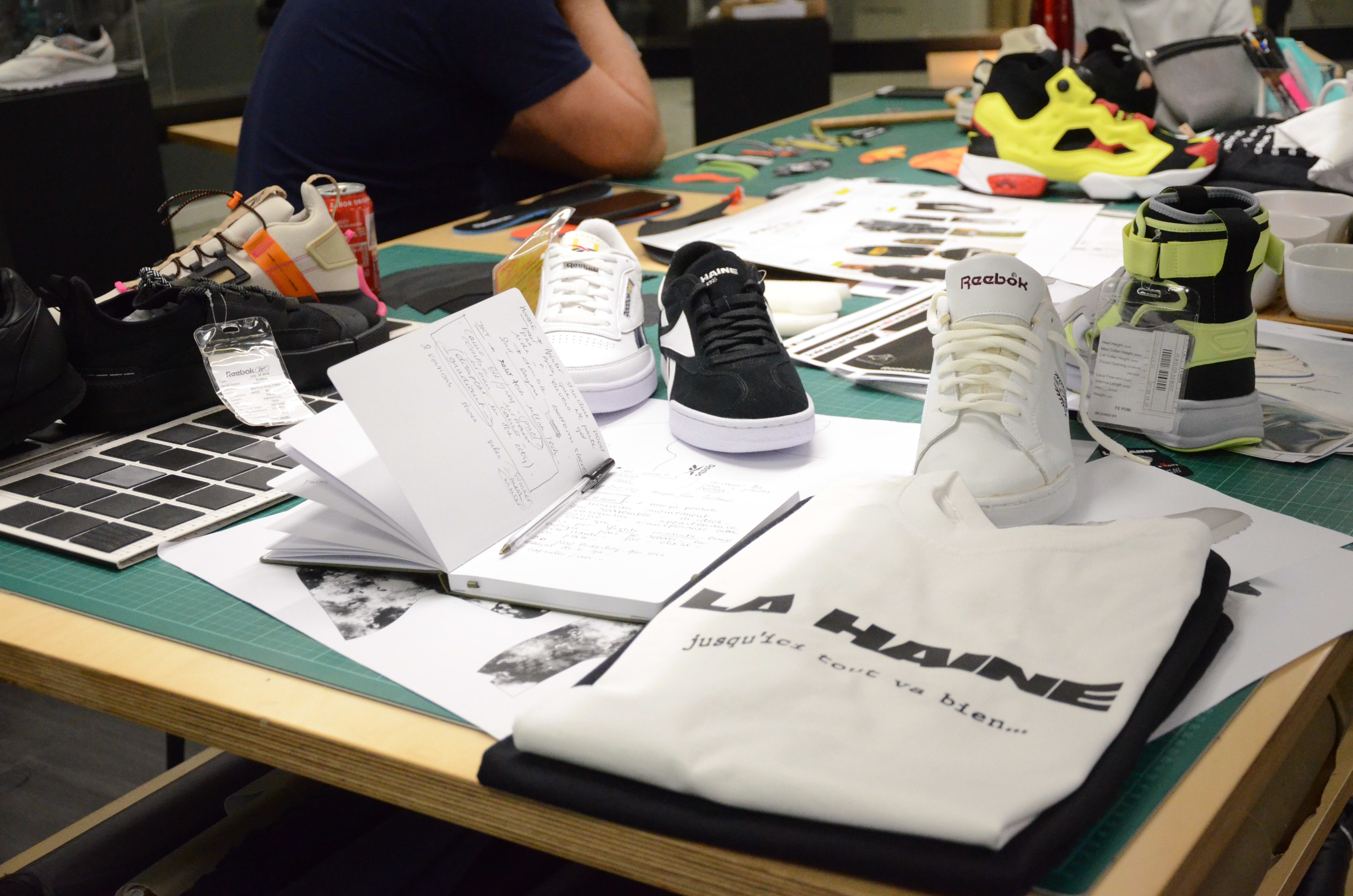
Elsewhere, with other partners, the regional exclusivity might be an equation for long lines and secondary-market speculators looking to hoard stock and resell it. Reebok France worked against this by making most of the La Haine collection deep in models and available at Courir, a kind of French Foot Locker, rather than sneaker boutiques. Jovanovic is confident that this will not attract a customer looking to cash in.
"It's not gonna be something people will resell," he predicts.
Kassovitz is not interested in that—more bullshit. He does not want to make (or see) Yeezys, Off-White, or Balenciaga. To him, they are the fashion choices of a victim. He'll still go shopping for new sneakers, but is allergic to products he feels are transparently engineered for people looking to be flashy. Kassovitz contends that people wearing that type of shoe would have looked ridiculous in his era and still do.
"If people used to wear shoes like that back in the days," he says, "we would just slap them around and just steal their shoes to throw them in the fucking river."
When, in the director's opinion, did sneaker brands go wrong? Once they started exploiting what was happening in the streets, rather than vice versa.

"As soon as Nike understood that people could wear their shoes not just for sport but also for fashion, and they understood that hip-hop was their first and main client," he says, "they started to do shoes to please people."
If you aren't of a certain age, you probably never noticed the shift. But the 53-year-old Kassovitz watched it happen a few times, first as a teenage punk who saw that look ruined by shops selling starter kits for the aesthetic in 1980 and then through corporations' seizing upon hip-hop. His generation wanted to take what sportswear offered and make it its own, rather than accept that big brands knew where their products worked best. Letting a sneaker designer or collaborator put your Instagram images on a moodboard and make a shoe perfectly calibrated for aftermarket success is bullshit, he would argue.
From this view, what actually made certain shoes exciting or interesting was taking them out of their expected context and placing them somewhere new. It was about taking something you weren't meant to have, bringing an idea from its natural environment to a foreign one. Like a pair of Jordans stomping in a discotheque. Or an Italian tracksuit shining in the rubble of a riot. Or a cow grazing in the streets of Paris. Those things didn't belong there, but there they were.
"We were looking for sneakers that we could adapt for our lifestyle," he says, "but it was not meant for us."
Kassovitz is currently participating in the world of hype product through the film, but has not jumped at every opportunity it's presented him, maybe as a matter of principle. There were rumors of a Supreme x La Haine project in 2019, one that could have made sense considering the close birth dates of the brand and the movie. Just a year after Supreme put Taxi Driver character Travis Bickle on its first photo tee in 1994, La Haine put a shirtless Vincent Cassel in front of a mirror to do his rabid Bickle impression. The collaboration never materialized.
"I'm not young enough to do shit like that anymore," Kassovitz says.
He's not old enough to completely abstain. Weeks before the Reebok project was revealed, ascending New York brand Aimé Leon Dore announced that it had partnered with the director to release a range of jackets, sweatshirts, and tees using imagery from the movie. Proceeds from the sale of the items are being donated to Ecole Kourtrajme, an independent film school in Paris founded by French director Ladj Ly. Kassovitz says that he still hates streetwear categorically, but the charity component seems to ease this hate.
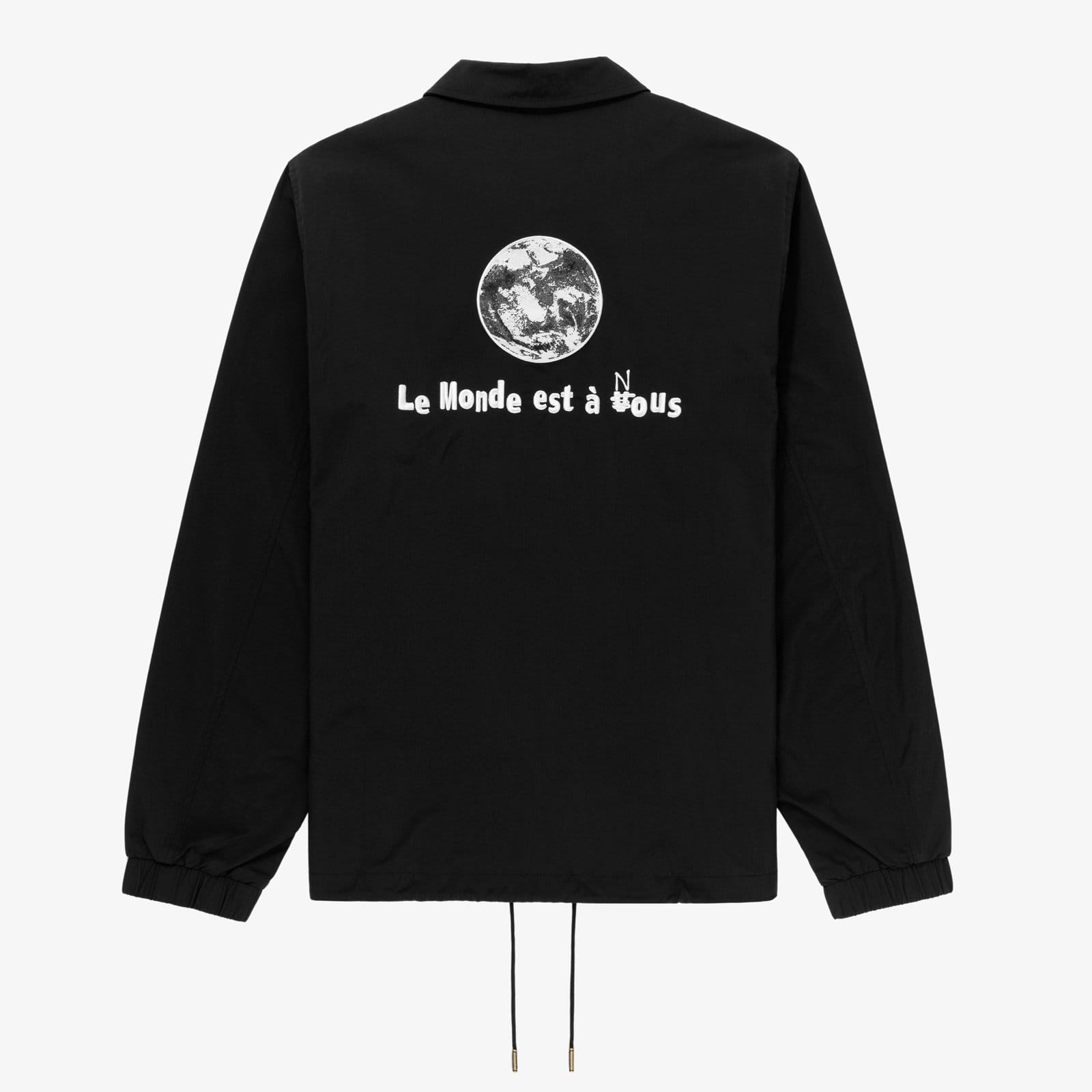
As with the Aimé Leon Dore project, his Reeboks raised money for an organization in Paris. The first release in September offered 75 pairs total via an auction timed to coincide with the times that flash on screen in the movie. Twenty-five individually numbered pairs each of the NPC Crest OG, the NL Paris, and the Classic Leather were auctioned, each bearing Kassovitz's signature. It was an exception to his aversion to the limited, but one that raised €15,105 for a fitting cause.

The rest of the La Haine x Reebok collection, and what Kassovitz argues is the more relevant group, arrives on Oct. 15 exclusively at Courir. There are shirts with the wandering cow and a tracksuit with a molotov cocktail print. The sneakers, slightly different from those in the auction, consist of the Classic Leather, the Club C, and the NL Paris, this time with more overt branding tying them to the film. The place of their arrival, a French chain that's enjoyed exclusive colorways over the years but isn't a proper boutique, is important. It's had gems, but never with the clamor of sneaker drops from the 2010s and beyond. It has been a crucial stop in the hunt for French sneaker addicts.
"Courir was a place where you could find cheap shoes that, if you were lucky enough, that nobody else liked that pair of shoes. Or they didn't sell them too much. You would have the exclusivity for a month in the streets—that was the whole point, to have a pair of shoes that nobody else had," he says. "It was not to have the most expensive one."
Kassovitz has shopped at Courir for years and recalls it as the first place where you could see shoes in one shop that you couldn't find in the next. The chain has 280 stores in France, with additional doors in nearby countries like Spain and Portugal. This home for the Reeboks keeps the project somewhat blue collar and demands that buyers source them from the place the movie comes from. They might even get their Yeezys thrown in the Seine for the complete experience.
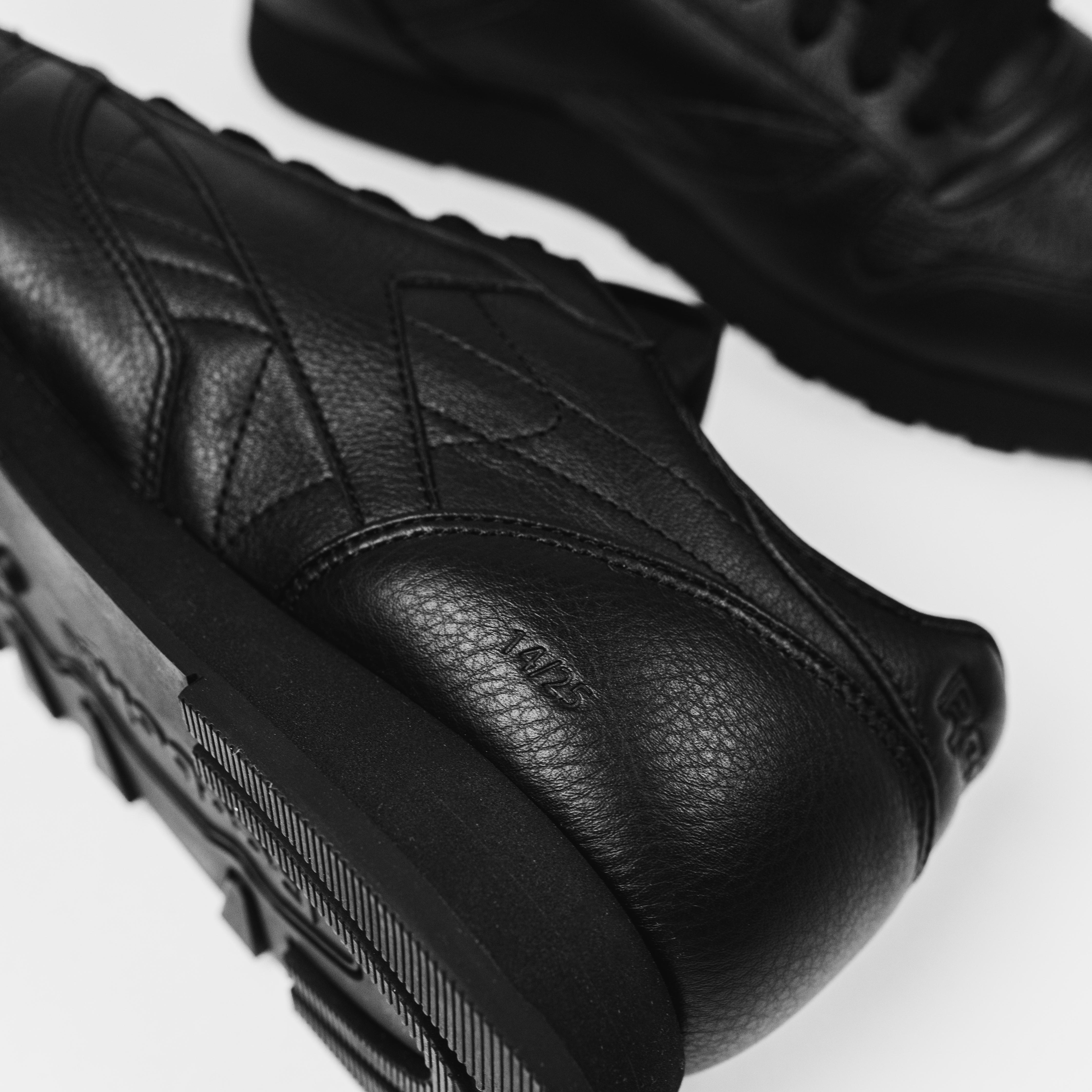
Kassovitz's aggression toward the proliferation of sneaker culture is not matched by his collaborator Montel, the costume designer. The growing importance of sports footwear has enriched her personal archive, where she stores costumes from projects she's worked on for the past 20 years. Visitors will marvel at the footwear she's amassed, pointing out the rare pairs and citing their value. She has a more positive outlook on the modern place of sneakers, which are now more acceptable, particularly for women. Montel remembers being sequestered in a separate room while dining at one of Paris's top restaurants with some friends from Nike years ago. She says they were tucked away because of their footwear. But the stigma sneakers once carried has vanished.
"I think it's great to see old ladies wearing Nike or Reebok," Montel says.
Kassovitz, himself nearly an old man, is still wearing them. In one breath he claims he's been done with sneakers for 20 years, but in the next he says he'll still find himself at Courir, or in a fancier spot, in pursuit of the next pair. His chase is not obsessive, and he doesn't care who designed what or what it means for the fashion business. He wants to get what the regular guys want and make it his own.
The goal behind La Haine x Reebok, a relatively plain set of shoes elevated by their place in history, is the same. For the director, their austerity is the ultimate signifier of their worth.
"It's no bullshit," Kassovitz says. "It's the culture at its basics."



